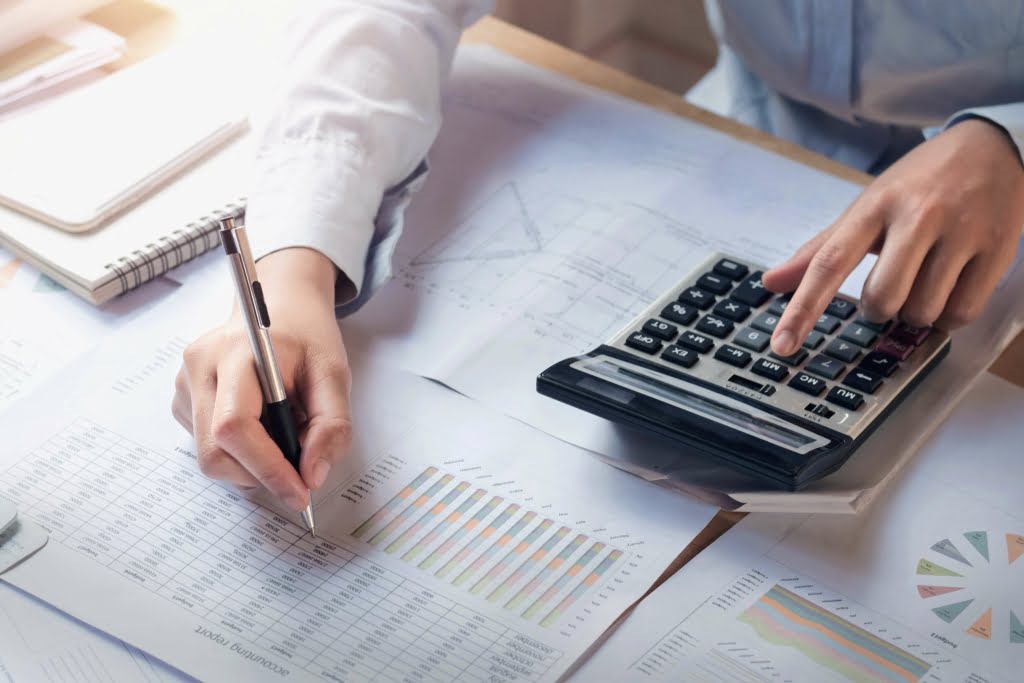
These securities are highly liquid and easily tradable, allowing companies to convert them into cash quickly. Examples include government bonds, corporate bonds, and certain types of stocks. As you can see from the definition, cash is money that is either on hand or in the bank (demand deposit). When a business has cash with no immediate use for it, then it may invest the money for additional income, which usually takes the form of interest. These investments meet the definition of cash equivalents (see GAAP box) when they can be readily converted to a known amount of cash.
Main Elements of Financial Statements: Assets, Liabilities, Equity, Revenues, Expenses
- In business, the term fixed asset applies to items that the company does not expect to consumed or sell within the accounting period.
- And since land isn’t considered a depreciable asset, you don’t have to reduce its value on financial statements each year like you would with buildings or equipment.
- Even in that case, we believe that the credit should be to Contribution Revenue.
- If debt has been used to purchase the plant asset, then the cash flow statement would also show the regular payments towards that debt too.
- For example, assets with higher initial usage may benefit from accelerated depreciation methods like the declining balance method.
These costs may include transportation fees, installation costs, legal fees, and any necessary modifications or improvements to the asset. This separation of assets helps to provide a clear picture of the company’s liquidity (ability to meet short-term obligations) and long-term investments. In the balance sheet, fixed assets are normally reported at net book value or costs net of accumulated depreciation. Current assets are those assets that easily convert into cash in a year. This includes things trial balance like cash and investments, inventory, and accounts receivable.
What are not Considered as Assets?
A fixed asset is typically a physical item that is difficult to quickly convert to cash. Current assets are a category of assets on a company’s balance sheet that are expected to be converted into cash or used up within one year or the normal operating cycle of the business, whichever is longer. These assets are crucial for a company’s day-to-day operations and liquidity. Current assets are typically listed in the order of their liquidity, meaning the ease with which they can be converted into cash.

Capital Expenditures

The bookkeeper would record the transaction by debiting the plant assets account for $100,000 and crediting the cash account for the same. Non-current assets, on the other hand, are properties held for a long period of time (i.e. more than 1 year). There are many benefits that an entity can obtain from the proper categorization of fixed assets. For example, fixed assets accountants might perform reconciliation between accounting records to the listing they use to help control the assets. Entity reports fixed assets in the balance sheet; normally, assets are categorized into different categories based on types of assets and their usage.
- The later years are charged a lower sum of depreciation based on the assumption that lower revenue is generated.
- Current assets are assets that the company plans to use up or sell within one year from the reporting date.
- This is a crucial aspect of financial planning and analysis, as liquidity plays a vital role in assessing an organization’s ability to meet short-term obligations.
- The resources are sometimes owned by the company and sometimes borrowed by external parties.
- The total value of liquid investments that can be quickly converted to cash without reducing their market value is entered into the marketable securities account.
- This group of assets is not reported as expenses when the entity purchases them.
PP&E is a tangible fixed-asset account item and the assets are generally very illiquid. A company can sell its equipment, but not as easily or quickly as it can sell its inventory or investments such as bonds or stock shares. The value of PP&E between companies varies substantially according to the nature of its business. For example, a construction company will generally have a significantly higher property, plant, and equipment balance than an accounting firm does. Plant assets are is plant assets a current asset different from other non-current assets due to tangibility and prolonged economic benefits. These are Emirates’ long-term assets, including its hangars and warehouses, which are classified as property, plant, and equipment (PP&E).

How Josh Decided It Was Time to Finish His CPA
One distinguishing feature of plant assets is that they are not meant for resale. Unlike inventory or stock in trade, plant assets are acquired with the intention of using them in the production process or to support the company’s operations. These assets are expected to have a useful life that extends beyond the current https://www.bookstime.com/articles/bookkeeping-for-painters accounting period. Net PP&E is reported by the company, which gross PP&E adjusted for accumulated depreciation. Other noncurrent assets comprise long term investments, long term deferred tax, accumulated depreciation, and amortization. You can find a company’s PP&E listed in the assets section of its balance sheet.
An asset whose value cannot be measured is not shown in the balance sheet. Printing cost of pamphlets that have already been distributed 2 years ago is a sunk cost that cannot be treated as an asset because it is unlikely to bring in new clients in the future. For example, suppose a car showroom places an order to purchase a vehicle from the car manufacturer on 1 December 2020.
What are Current Assets?
In this example, land is listed as a non-current asset under “Property, Plant, and Equipment,” along with other long-term assets like buildings, machinery, and equipment. These assets are intended to be used for longer than a year to support the company’s operations and are not expected to be converted into cash within the next year. Current assets are assets that can be converted into cash or used to pay liabilities within one year. They include cash and cash equivalents, accounts receivable, inventory, and other short-term assets. Cash and cash equivalents are the most liquid, followed by short-term investments, etc. The total current assets for Walmart for the period ending January 31, 2017, is simply the addition of all the relevant assets ($57,689,000).

- The cost incurred would include legal fees, commissions, borrowing costs up to the date when the asset is ready for use, etc., are some of the examples.
- It could also be something that helps decrease expenses, such as specialized equipment that makes employees more efficient and effective at their jobs.
- Plant assets are recorded at their acquisition cost and adjusted for accumulated depreciation over time, which helps reflect their true, declining value due to wear and tear.
- Other current assets include deferred income taxes and prepaid revenue.
- Different industries employ various inventory management techniques, such as just-in-time inventory or economic order quantity models, to optimize their supply chain.
Plant assets are not intended for resale; they are acquired and maintained to support operational needs consistently. Depreciation is the periodic allocation of an asset’s value(cost) over its useful life. The basic principle working behind the depreciation of assets is the matching principle. The matching principle states that expenses should be recorded in the same financial year when the revenue was generated against them.
